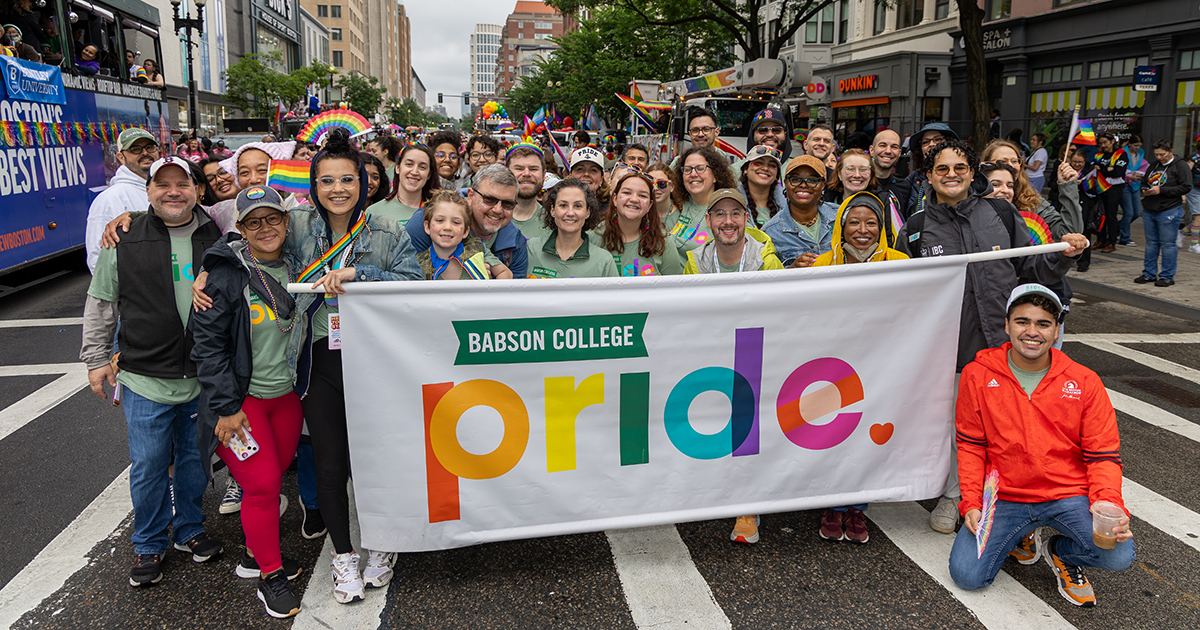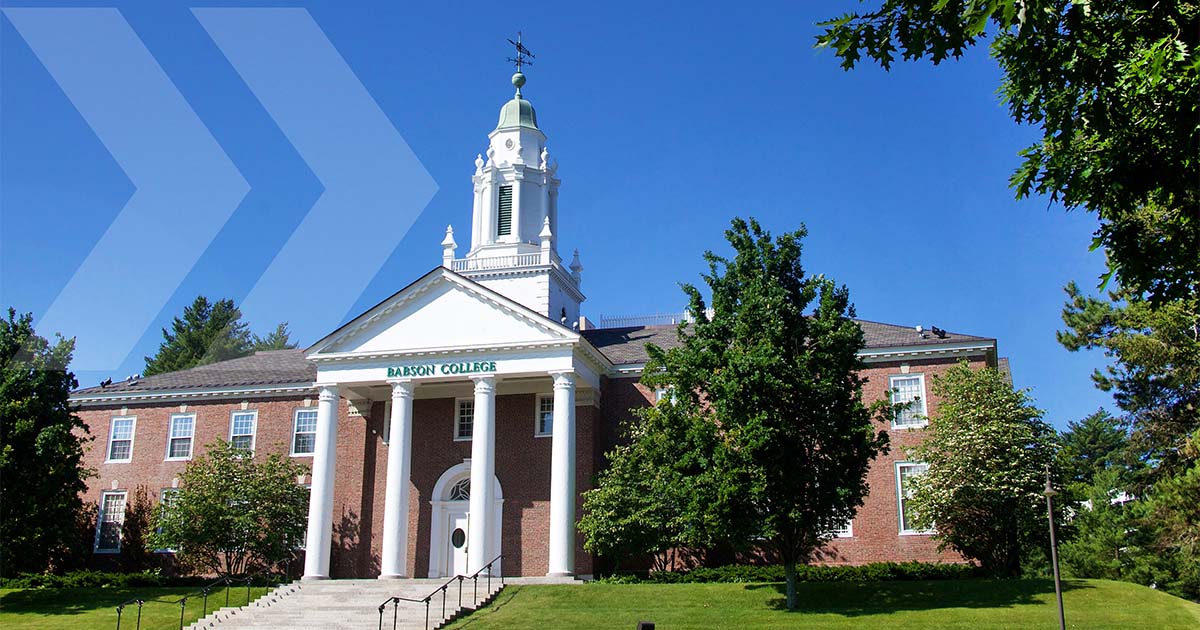Use of Open Educational Resources on the Rise

Awareness of open educational resources (OER)—freely accessible, openly licensed text, media, and other digital assets that are useful for teaching, learning, and assessing—among U.S. higher education teaching faculty has increased by 12 percentage points during the past three years but remains less than a majority, according to a new report.
The study by the Babson Survey Research Group, Freeing the Textbook: Educational Resources in U.S. Higher Education, 2018, was supported by a grant from The William and Flora Hewlett Foundation and is based on responses from more than 4,000 faculty and department chairs. The study shows improvements in OER awareness, and growing concern among faculty regarding the cost of course materials.
Key findings from the report include:
- Faculty awareness of OER has increased every year, with 46 percent of faculty now aware of OER, up from 34 percent three years ago.
- For the first time, more faculty express a preference for digital material over print in the classroom.
- 61 percent of all faculty, 71 percent of those teaching large-enrollment introductory courses, and 73 percent of department chairs, “Strongly Agree” or “Agree” that “the cost of course materials is a serious problem for my students.”
- Department chairs overwhelmingly believe that making textbooks less expensive for students would be the most important improvement to course materials.
- Fewer than one in five faculty members are aware of any departmental, institution, or system-level initiative to deal with the cost of course materials.
- Faculty are acting independently to control costs by supporting used textbooks and rental programs, placing copies on reserve, and selecting materials based on cost.
- Faculty often make changes to their textbooks, presenting material in a different order (70 percent), skipping sections (68 percent), replacing content with their own (45 percent), replacing with content from others (41 percent), correcting errors (21 percent), or revising textbook material (20 percent).
- Overall faculty satisfaction with required textbooks is high, with more than 80 percent either “Extremely Satisfied” or “Moderately Satisfied,” although faculty express considerable resentment about price; unnecessary, frequent updates; and other issues with commercial textbooks.
“OER could provide an answer to the cost concerns that faculty have, while also supporting the ‘revise’ and ‘remix’ approach to textbook content that faculty are already using,” said Dr. Julia Seaman, research director for the Babson Survey Research Group. “Growth of OER has been slow but steady for the past four years, held back by a lack of awareness of OER and a perceived lack of offerings. That said, factors like a growing acceptance of digital media and concerns over the cost of textbooks could accelerate the expansion of OER awareness and use in the future.”
Posted in Community





